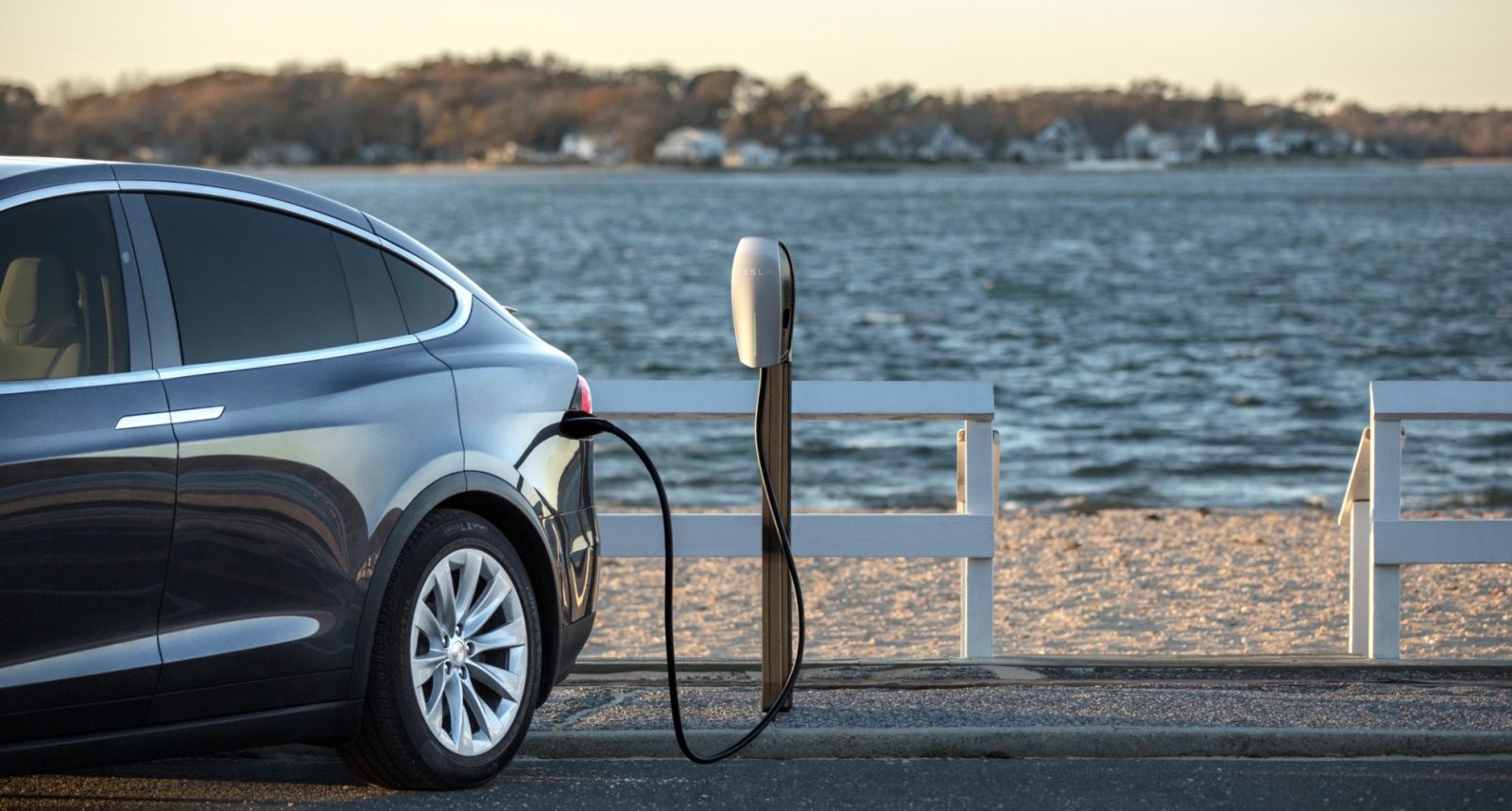So, we have reached 2025. That “one in six cars will be electric vehicles” statistic has finally come true. Your dealership has been marketing EVs and preparing to be a leader in the industry. However, the concern is about the end goal. How can dealers create a sustainable process of selling, obtaining, and displaying EVs so that it becomes a regular part of the dealership’s sale cycle? Here are five ways dealers can stay ahead of the curve in making the sale of EVs a standard component in the sales process.
Recognize that it is no longer a niche vehicle
Currently, while the sales of EVs are rising, they are still not on the same level as gas-fueled cars. Therefore, this causes many dealers to put these cars in their own niche group. However, as 2025 approaches and the demand for these cars begins to rise, dealers will have to step away from “niche treatment” and similarly approach them as gas-fueled cars. EVs do have specialized features, but in the long-term, they will have to be seen as a viable part of the sales strategy.
Acknowledge the Change in Maintenance
It is true that EVs will change how dealers approach service maintenance. These vehicles do not need the same amount of upkeep as gas-fueled cars. Oil changes, drive belt and brake replacements, and fluid flushing is not necessary with an EV. Therefore, dealers will have to come up with new ways to retain customers and get them in for servicing. Most of the service revenue will come in the form of wheel alignments, brake repairs, and tire sales. While these will happen at a lesser rate than gas-fueled vehicles, they are still areas where dealers can earn service department revenue.
Forging New Partnerships
Unlike traditional vehicles, EVs do not just come from major OEMs. While Honda, Toyota, and Chevrolet may be the most popular noticeable brands to push EVs, they are not the only ones with a following. Many start-ups are venturing into the EV market and are producing viable cars for consumers. Waymo, Faraday Future, and Lucid are all U.S.-based EV companies looking to step outside of Tesla’s shadow to build and sell EVs. While they may take a direct-to-consumer approach like Tesla, some may seek out dealer partnerships in the future.
Displaying EVs
The previous article in this series did touch on the importance of displaying EVs. However, dealers can use displays to give customers even more information about the cars. Including informational signs around vehicles to describe various vital features can provide knowledge consumers may need to learn more about EVs. This step can also be used as a tool to let potential buyers know which part of the vehicles they should regularly fix or bring in to have the service department take a look at. Even in 2025, many may still be unaware of the nuances of these vehicles. Potential customers will be appreciative of the dealer’s efforts to add knowledge to each part of the buying process.
Monitoring the Sales Funnel
While there will come a time when dealers will have to give these vehicles similar priority to gas-fueled cars, it is clear that selling these cars will be a little different. Specific strategies may work with EVs that are different from traditional cars. Dealers would do well to monitor these changes and track how consumers are responding. It could be that customers need a representative to walk them through the whole process from the first chat on the website to the test drive. Detailed newsletters about new EV acquisitions, social media advertisements, or even informative videos could seal the deal. Dealers will have to find their new rhythm of EV sales. It makes total sense that dealers may be a little anxious to tackle EVs. They are a complete departure from the norm. New distributors, a difference in service needs, and the development of new sales tactics will require new strategies on the part of the dealer. However, if statistics ring true, early adopters have an opportunity to stay ahead of the pack and set themselves apart.








